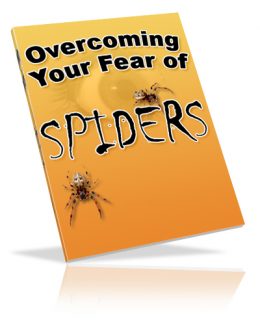 License Type: Private Label Rights
License Type: Private Label Rights  File Size: 1,629 KB
File Size: 1,629 KB File Type: ZIP
File Type: ZIP
 SKU: 22707
SKU: 22707  Shipping: Online Download
Shipping: Online Download
Ebook Sample Content Preview:
Edmund Jacobson created a practice known as Progressive Relaxation back in the 1920s. Jacobson reasoned that since tension accompanies anxiety, one might be able to reduce anxiety by learning to relax the tension.
You could, in other words, reduce your psychological tension by reducing your physical tension. It was a revolutionary idea at the time. Jacobson thought that muscular tension might even cause anxiety and that contracted, tight muscles were actually at the root of many emotional problems, not merely a by-product of them.
By careful training, he helped people learn to voluntarily relax certain muscles in their body, and sure enough, it greatly reduced their anxiety symptoms, even for people who had a serious anxiety disorder. He found the procedure effective with ulcers, insomnia, and hypertension too.
Progressive Relaxation is still greatly respected and widely practiced by therapists today. References to the practice are strewn throughout the literature on anxiety. Why? Because it is simple and it works.
The procedure teaches you to relax your muscles through a two-step process. First you deliberately apply tension to certain muscle groups, and then you stop the tension and turn your attention to noticing how the muscles relax as the tension flows away.
Through repetitive practice you quickly learn to recognize—and distinguish—the associated feelings of a tensed muscle and a completely relaxed muscle. With this simple knowledge, you can then induce physical muscular relaxation at the first signs of the tension that accompanies anxiety. And with physical relaxation comes mental calmness—in any situation.
In Progressive Relaxation, first you learn to relax your muscles lying down with your eyes closed, but the ultimate goal is to learn to relax throughout the day while you're working, walking, talking, eating, etc.
If you would like to use this method, you don't need any training to begin. Right now, locate one muscle in your body that is tensing for no good reason. Relax that muscle. It's as simple as that. Get in the habit of doing that relatively often, and a general calmness will slowly develop in your life. You'll feel better.
A good way to get in the habit of relaxing muscles regularly is to do it at certain routine times of the day. Every time you get behind the wheel of your car, for example. Every time you sit down at your desk. Every time you step into the shower. Choose one place for now and concentrate on it until it becomes habitual. Then add another place. This way you can make it a habit to check your body for unnecessary muscular tension and relax it.








